In 1967, the Vietnam War was starting to heat up for the US, as its military presence steadily grew up to 500,000 men. The Pentagon ordered a secret study to be conducted, summing up the US-Vietnamese relations in a period between 1945-1967. A complete history of political-military involvement by the US in the region was selected and put into a file which served as an “encyclopedic history of the Vietnam War”.
The official title of the study was “ the United States – Vietnam Relations, 1945–1967: A Study Prepared by the Department of Defense ”. The “Task Force” was created in 1967, by the Ministry of Defense Secretary, Robert McNamara, in order to conduct the study. Even though Johnson was fed with information by McNamara, the Secretary never informed the President about the study.
McNamara claimed that he wanted to leave a written record for historians, to prevent policy errors in future administrations. He neglected to inform either President Lyndon Johnson or Secretary of State Dean Rusk about the study.
One report stated that McNamara endorsed Bobby Kennedy in his 1968 elections and planned to give the files to him if he were elected. Unfortunately, Bobby Kennedy was assassinated in 1968, during his campaign. McNamara denied these claims later and admitted that he should have informed Johnson of the existence of the Pentagon Papers.
The papers were leaked in 1971 by a whistleblower, Daniel Ellsberg, who worked for a global policy think tank, RAND Corporation, as an analyst. The New York Times Magazine published a series of articles as soon as the leak happened concerning the Pentagon Papers which shook the Nixon administration to the core, prior to the Watergate scandal.
Containing the Giant
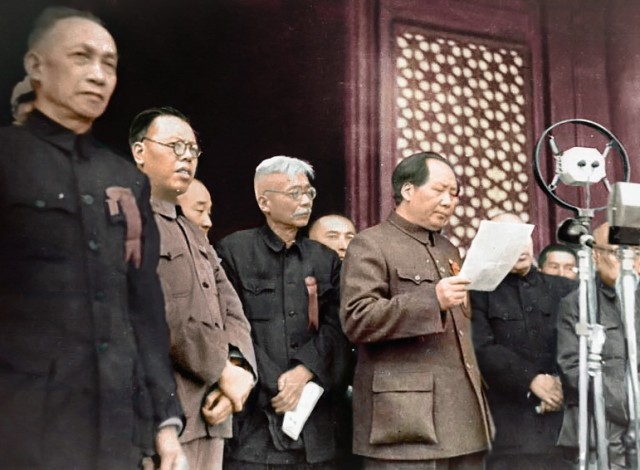
The list of controversial information concerning the Pentagon Papers explains in detail the real reasons for invading Vietnam ― China’s imperial aspirations. On one occasion McNamara sent a memo to President Lyndon Johnson:
“China—like Germany in 1917, like Germany in the West and Japan in the East in the late 30’s, and like the USSR in 1947—looms as a major power threatening to undercut our importance and effectiveness in the world and, more remotely but more menacingly, to organize all of Asia against us.”
The US feared that China had the potential to become a world superpower. In order to stop that from happening, the US devised a plan of three fronts: the Japan–Korea front,the India–Pakistan front and the Southeast Asia front. Since USSR-China relations dissolved after 1960, the Americans expected that the Soviet Union would adjust its own “containment policy” on the northern Chinese border.
Establishing the Southeast Asia front, which meant Vietnam, Laos and Cambodia, was directly connected to this policy. This called for various strategic alliances to be made with India, Australia, Korea, and Japan, who are all still part of a shield towards China.
Presidental Rollercoaster
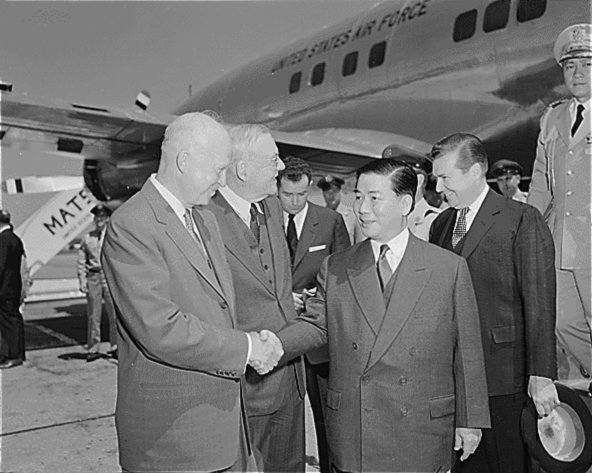
In 1955, Ngô Đình Diệm became the first president of the Republic of (South) Vietnam, abolishing the monarchy led by the Nguyen dynasty. He was backed by the US, who helped him gain power. The US donated 28.4 million dollars for the modernization of the Vietnamese Army and additional 12.7 million dollars to train 32,000 members of the South Vietnam’s Civil Guard. The Pentagon Papers emphasized the importance of the American role in Diệm’s regime. Without the threat of a direct military action by the US, the North Vietnam would immediately invade the South. The US backing was the only thing keeping the country and its president together.
However, in 1963 the US administration decided to cut off their support for Diệm and secretly sent in CIA and OSS (Office of Strategic Services) to plan a coup against the president of South Vietnam. The Papers state how the coup was planned in co-operation with Vietnamese generals:
“For the military coup d’etat against Ngo Dinh Diem, the U.S. must accept its full share of responsibility. Beginning in August 1963 we variously authorized, sanctioned and encouraged the coup efforts of the Vietnamese generals and offered full support for a successor government.
“In October we cut off aid to Diem in a direct rebuff, giving a green light to the generals. We maintained clandestine contact with them throughout the planning and execution of the coup and sought to review their operational plans and proposed new government.
“As the nine-year rule of Diem came to a bloody end, our complicity in his overthrow heightened our responsibilities and our commitment in an essentially leaderless Vietnam.”
President Ngô Đình Diệm was assassinated during the coup and the country became essentially leaderless.
Plans to Provoke the North Vietnamese Government
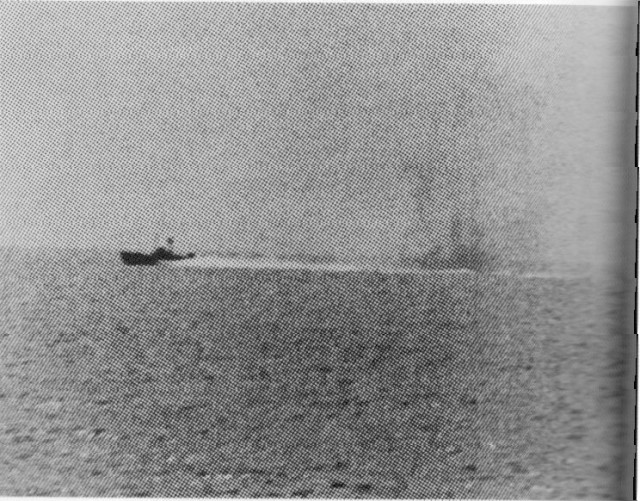
The Pentagon Paper explain in detail how the CIA covertly stirred the political turmoil within South Vietnam and how it deliberately worked on worsening the relations with the country’s northern neighbor. The pinnacle of the provocations was the Tonkin incident on August 2, 1964, that allegedly involved a naval battle between North Vietnamese torpedo-boats and the USS Maddox, which was at that time conducting an intelligence-gathering operation.
One US ship was damaged, three North Vietnamese torpedo boats were allegedly damaged, and four North Vietnamese sailors were said to have been killed, with six more wounded. There were no U.S. casualties. The Maddox “was unscathed except for a single bullet hole from a Vietnamese machine gun round.”None of the casualties were officially confirmed.
Two days later, on August 4, a second suspicious incident occurred, when the US claimed another naval battle was in effect, but the evidence showed that the incident was fabricated using false radar images. McNamara stated in 2003 that the first incident occurred without the response of the Defense Department and that the second one was completely false.
The Leak
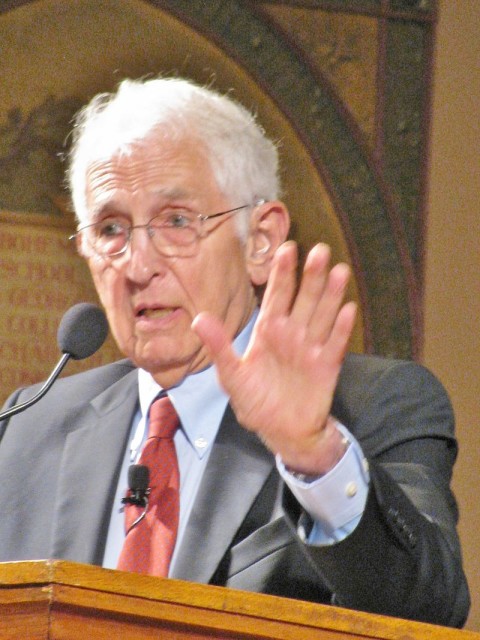
Daniel Ellsberg was well-acquainted with the existence of the Pentagon Papers as he was an associate of many members of the Task Force ordered to assemble the files. In 1971, Ellsberg gave 43 publications of the files to the New York Times reporter, Neil Sheehan. Even though the newspaper’s legal team strongly advised not go with the publishing, they decided to do so. The article titled “Vietnam Archive: Pentagon Study Traces Three Decades of Growing US Involvement” was published on June 13, 1971. Street protests, political controversy, and lawsuits followed. Daniel Ellsberg gave himself into the Boston Police Department stating:
“I felt that as an American citizen, as a responsible citizen, I could no longer cooperate in concealing this information from the American public. I did this clearly at my own jeopardy and I am prepared to answer to all the consequences of this decision.”
Under public pressure, all charges against Ellsberg were dropped. The Pentagon Papers were fully published in 2011.
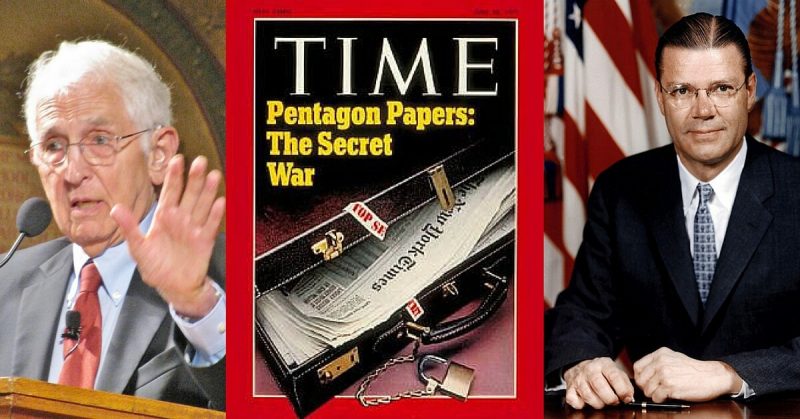 Photo Credit; Right: The cover of TIME magazine for revealing "The Secret War" of the United States in Vietnam.
Photo Credit; Right: The cover of TIME magazine for revealing "The Secret War" of the United States in Vietnam.